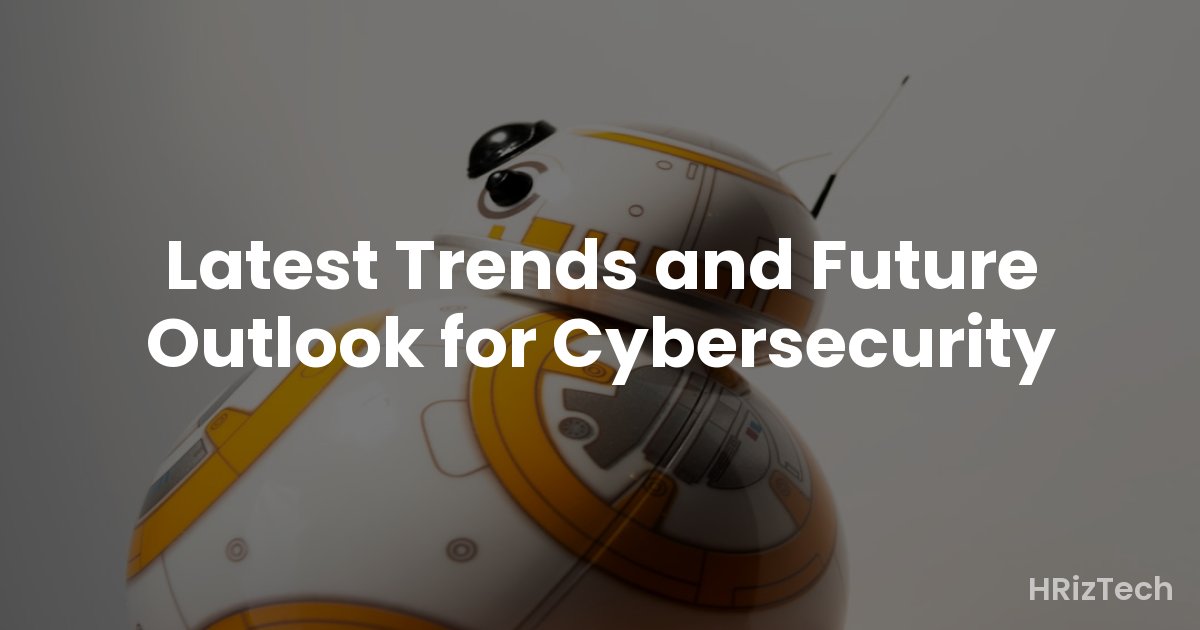Latest Trends and Future Outlook for Cybersecurity

Latest Trends and Future Outlook for Cybersecurity
- AI and ML are revolutionizing threat detection and response.
- The rise of IoT devices presents new challenges and opportunities.
- Cybersecurity skills shortage remains a critical concern.
- Quantum computing poses both threats and potential solutions.
- Proactive security measures are becoming increasingly important.
The Evolving Threat Landscape
The cybersecurity landscape is in constant flux, with new threats and vulnerabilities emerging daily. Traditional security measures are often insufficient to combat the sophisticated attacks employed by cybercriminals. This necessitates a proactive and adaptive approach to security, one that leverages the latest technologies and strategies to stay ahead of the curve. The increasing interconnectedness of systems and the proliferation of internet-connected devices (IoT) have expanded the attack surface significantly, creating more opportunities for breaches and data theft.
Rise of AI and Machine Learning in Cybersecurity
Artificial intelligence (AI) and machine learning (ML) are transforming the cybersecurity industry. These technologies are being used to detect and respond to threats in real-time, analyze vast amounts of data to identify patterns and anomalies, and automate security tasks. AI-powered security solutions can analyze network traffic, identify malicious code, and detect phishing attempts with greater accuracy and speed than traditional methods. This allows security teams to focus on more complex threats and strategic initiatives.
The Internet of Things (IoT) and Security Challenges
The rapid growth of IoT devices presents both opportunities and challenges for cybersecurity. While IoT devices can enhance efficiency and improve various aspects of our lives, their inherent vulnerabilities pose a significant risk. Many IoT devices lack robust security features, making them easy targets for hackers. The sheer number of connected devices increases the attack surface exponentially, creating a complex and challenging security environment. Secure design and development practices are crucial for mitigating these risks.
Future Trends in Cybersecurity
Looking ahead, several key trends are shaping the future of cybersecurity:
Quantum Computing: A Double-Edged Sword
Quantum computing has the potential to revolutionize many fields, including cybersecurity. However, it also poses a significant threat. Quantum computers could potentially break widely used encryption algorithms, rendering current security measures obsolete. This necessitates the development of quantum-resistant cryptography to safeguard against future attacks. Simultaneously, quantum computing can also be used to enhance cybersecurity by improving threat detection and developing more robust security protocols.
The Growing Importance of Proactive Security
Reactive security measures, such as incident response, are crucial but insufficient on their own. A proactive approach that focuses on preventing attacks before they occur is becoming increasingly important. This includes implementing strong security policies, conducting regular security assessments, and employing advanced threat intelligence to anticipate and mitigate potential threats. Investing in robust security infrastructure and employee training is essential for building a strong security posture.
The Cybersecurity Skills Gap
The cybersecurity industry faces a significant skills shortage. There is a growing demand for skilled cybersecurity professionals, but the supply is not keeping pace. This shortage creates vulnerabilities and makes it challenging for organizations to effectively protect themselves against cyber threats. Investing in cybersecurity education and training programs is crucial for addressing this issue. This includes supporting initiatives that encourage individuals to pursue careers in cybersecurity and providing ongoing professional development opportunities for existing professionals.
Practical Implementations: PHP Code Examples
While PHP isn't typically used for the core components of enterprise-level security systems (that's generally the realm of languages like C/C++ and Go), it can play a supporting role in web application security. Here are two examples:
Comments
No comments yet. Be the first to comment!